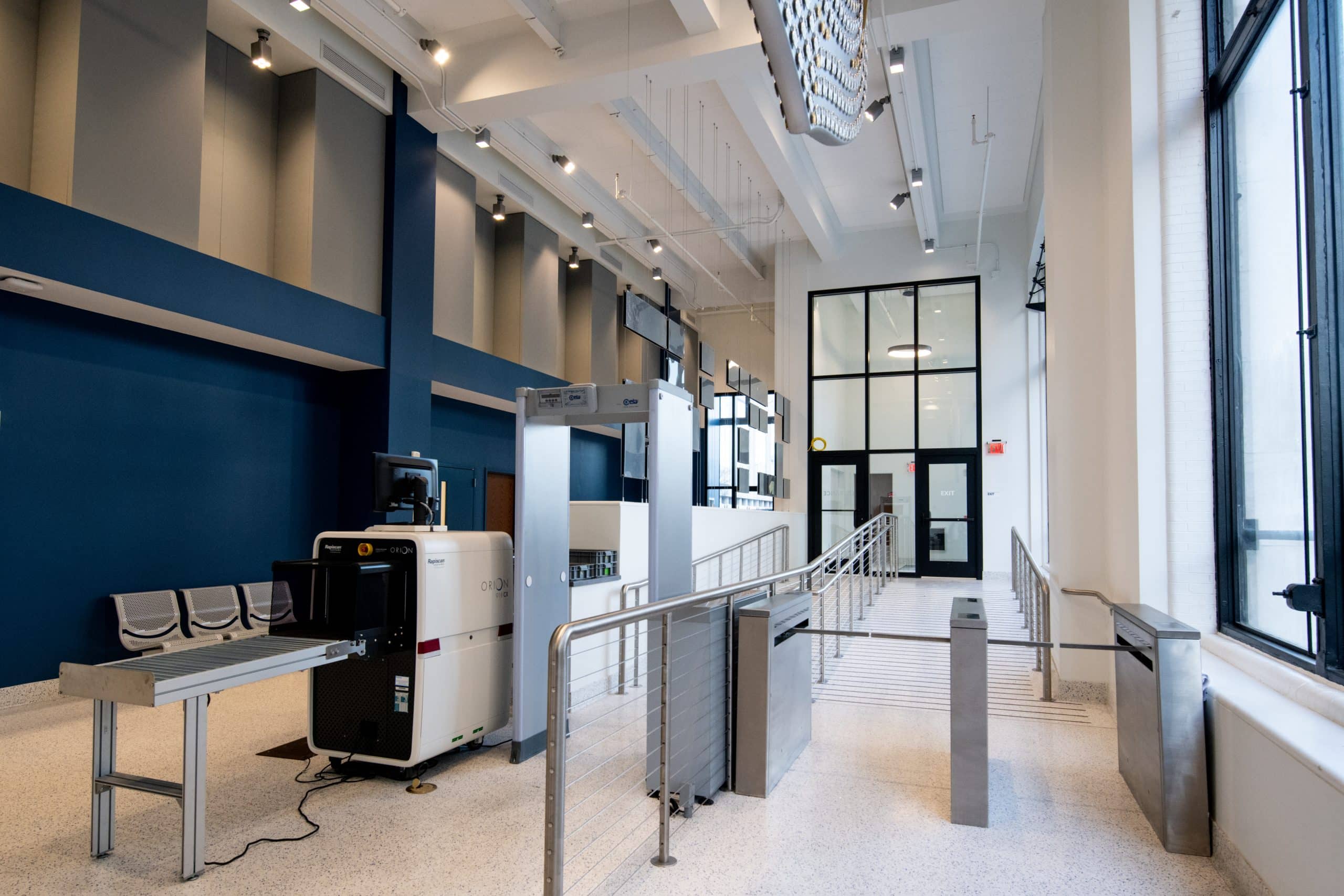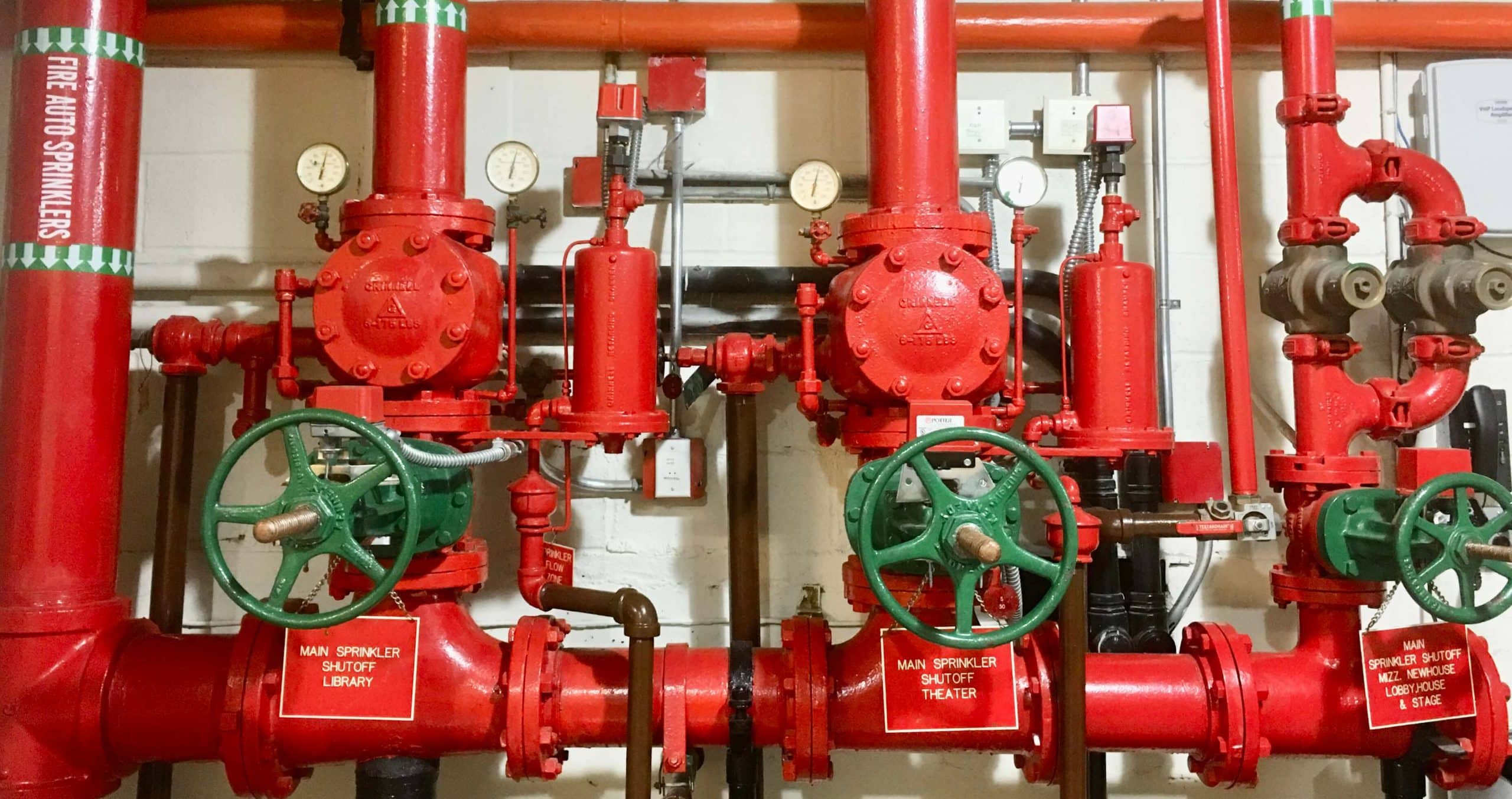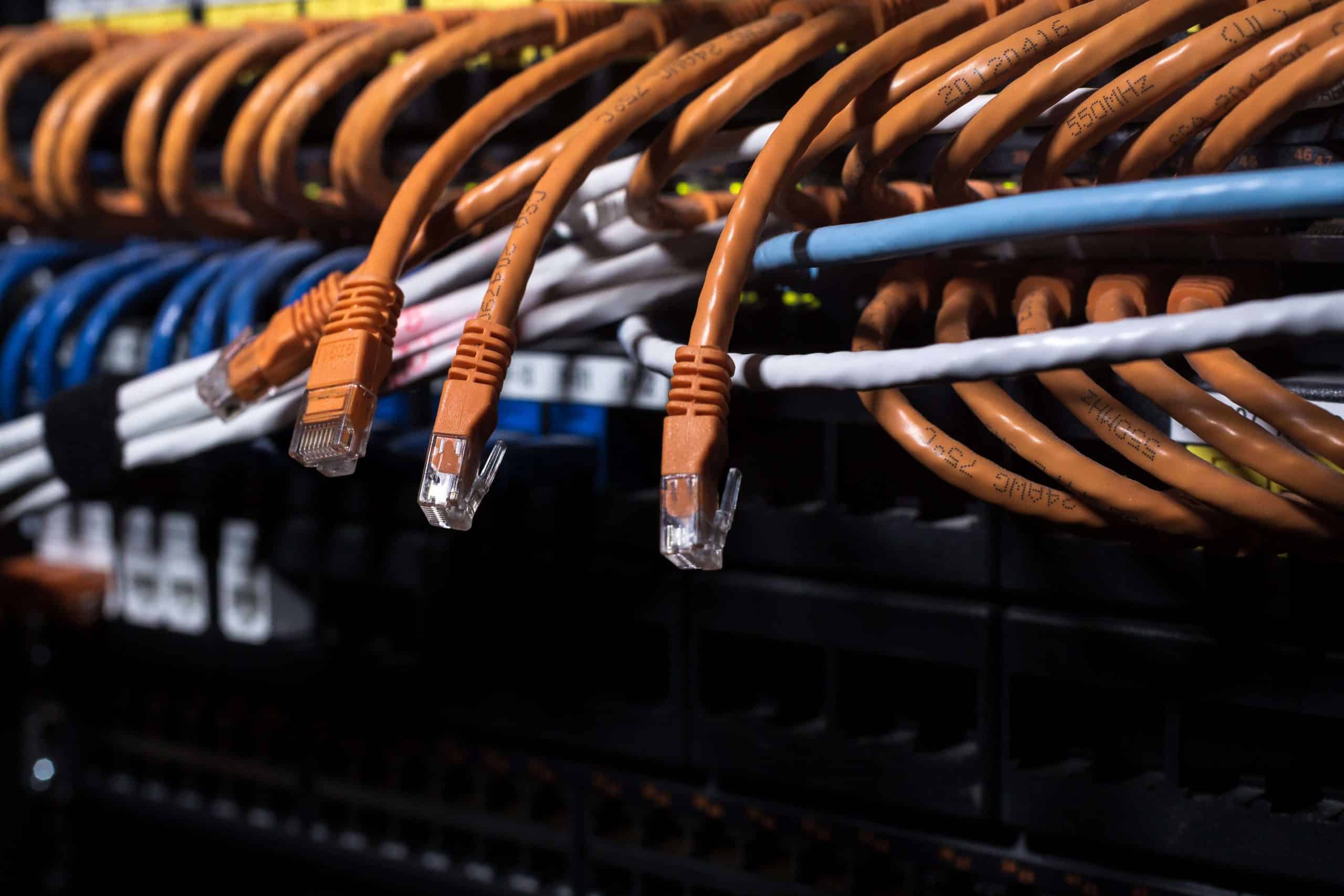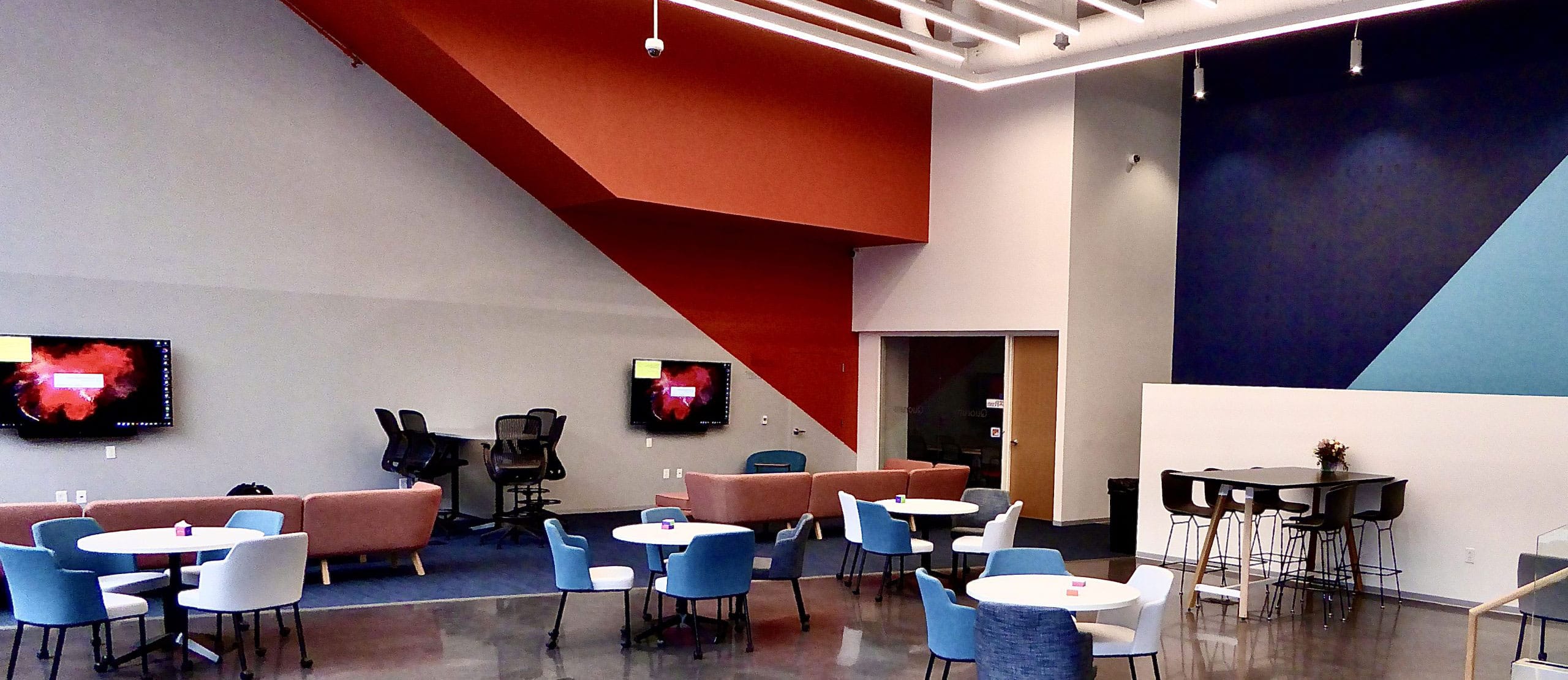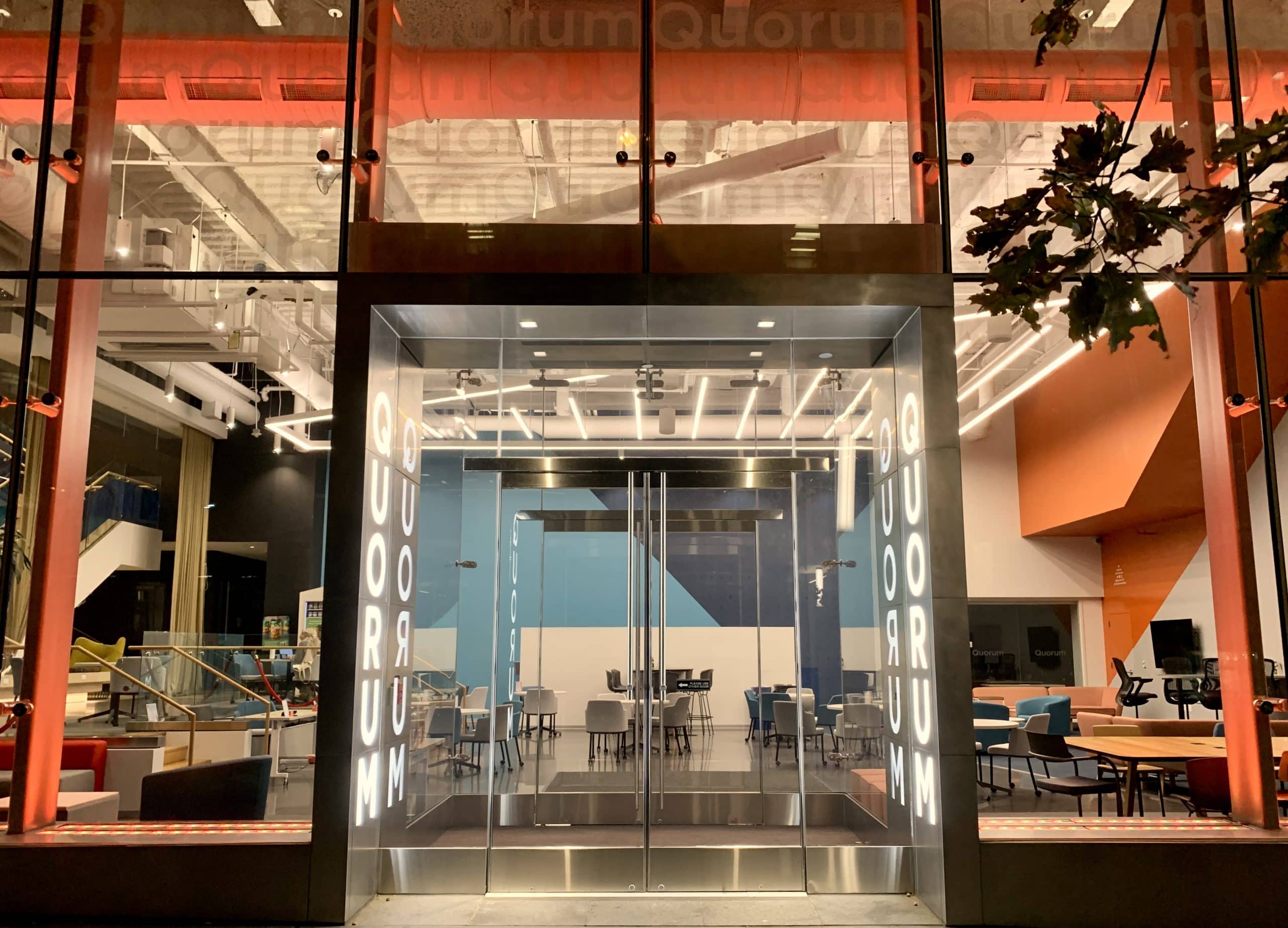Security in schools across the nation has become a high priority issue. Introspection of the general safety atmosphere and debates have followed about the merits of various approaches to improve the safety of students and staff. The human element is a key component in maintaining a secure and safe facility in any environment with schools always having been considered the safest haven for the young with few exceptions. Current and practiced policies and procedures put in place for security personnel, administrative staff, and teachers form the basis of the overall security strategy. Drills designed and practiced to reinforce emergency response for students aid in developing good response efforts to mitigate many threats. However, a range of technology and electronic systems can also be implemented to support, augment, and enforce these security policies.

Access Control
The most important and basic security improvements to a school building come from implementing some type of access control. The goal is to limit access to the building and specific areas of the building to only those students, staff, and public that require access. Implementing an access control system using card readers and access cards allows for badged cardholders to be programmed into user groups to restrict access to specific days/times/conditions. Enterprise-level systems allow for almost endless programming configurations and customization of features to fit specific operations in entire districts.
All student entrances should be programmed to be locked after standard arrival times, unless all students are issued access cards and doors are locked at all times. Entrance doors are a main focus of security efforts to prevent unauthorized visitors to the building. These doors should feature some form of remote release unlocking function, to grant access to only those approved via the school’s visitor policy. Identity should be verified via video camera and intercom station located at the entrance door. However, this type of locking is only maximally effective if the entry door and surrounding areas have the appropriate level of physical security, based on an analysis of attack and ballistic requirements.>
Exterior door locations that only provide emergency exit must follow building codes that require door hardware that can be locked on the exterior side, but must provide free egress or delayed egress from the interior. These doors do not need to be fully controlled, but should be monitored since they still present a large security concern. Since they are exit doors, student need to be discouraged from opening these doors, which can be done to allow someone else entry or to quickly pass contraband. Depending on local building code requirements, a solution should be designed to help prevent this problem.
Security Communications
Effective communication is very important during a security incident or other emergency situation. Communication systems provide several key functions: allowing a situation to be reported, permitting notification and instruction, and providing a communication path for security staff or other decision makers.
Public address systems have a long history of use in schools, providing everyday functionality for school-wide announcements, but can provide the same functionality during an emergency to provide direction to students, staff, and public alike. A PA system can be designed to provide a higher level of effectiveness during an emergency by providing multiple master station locations that allow for paging, such as from any telephone handset. This ensures that communication is not location dependent.
Depending on the location of the school and the building construction type, first responders may not have complete radio coverage for their handheld radio systems. To guarantee complete coverage, it may be necessary for the building to be retrofitted with a distributed antenna system (DAS). A DAS can be designed to use a variety of methods to provide radio signal for the local city/county/state’s VHF, 700 MHz, 800 MHz, or other public safety radio frequencies.
Redundancy and robust features are key for both electronic systems and the communications infrastructure. It is important that these systems can withstand power outages and other common scenarios to still provide some level of service. For example, providing critical locations with analog telephones that can make outgoing calls on POTS (Plain Old Telephone Service) emergency telephone lines. This ensures that no failure of a telephone PBX system, VOIP gateway, UPS, or emergency generator can prevent communication to 9-1-1 dispatchers or other emergency services.
Schools with multiple buildings may require the use of other technology systems to address the unique challenges inherit with a campus environment. Mass Notification systems may need to take the place of a PA system to provide notification via exterior speakers or through electronic communication such as email or text messages. Blue light emergency telephones can be used in strategic locations on larger campuses and parking areas to provide a location for emergency communication or duress.
Video Surveillance
Video surveillance is often the most visible form of security system in a school. Typically, cameras are deployed to provide video coverage of entrances, corridors, assembly areas, and locations with high value equipment such as computer labs. But video surveillance like other electronic systems, is not a solution that is effective to address all security concerns by itself. It has its strengths in what problems it can be a tool in addressing. Video surveillance is an excellent solution to address the issues of theft, trespassing, and assaults. Strategically placed cameras can both act as a deterrent and provide the forensic evidence to assist in prosecution of crimes. Video surveillance can also be integrated as part of the access control system to aid in door control decision making, as previously discussed.
A video system’s benefit during an active shooter scenario may be more limited. It is not preventative, but instead only used as a resource to provide staff and first responders with surveillance of the building. The video system can be used to monitor and track movement in the building from either a security control and monitoring station, or the system could be designed to provide remote network access to the camera system’s live or recorded video.
PSE, an NV5 company, has been consulting to schools for 30 years in a variety of security, communication, and life safety roles and offers you the opportunity to share our knowledge whether planning district-wide assessment or school improvements.
Jason Delp, EIT, Projects Director, is a Partner at the engineering and design firm of PSE, an NV5 company, with a concentration in consulting and project management for advanced systems in security, A/V, telecom, IT, integrated technology, and fire protection systems for multi-government agencies and leading architectural firms throughout the nation.




